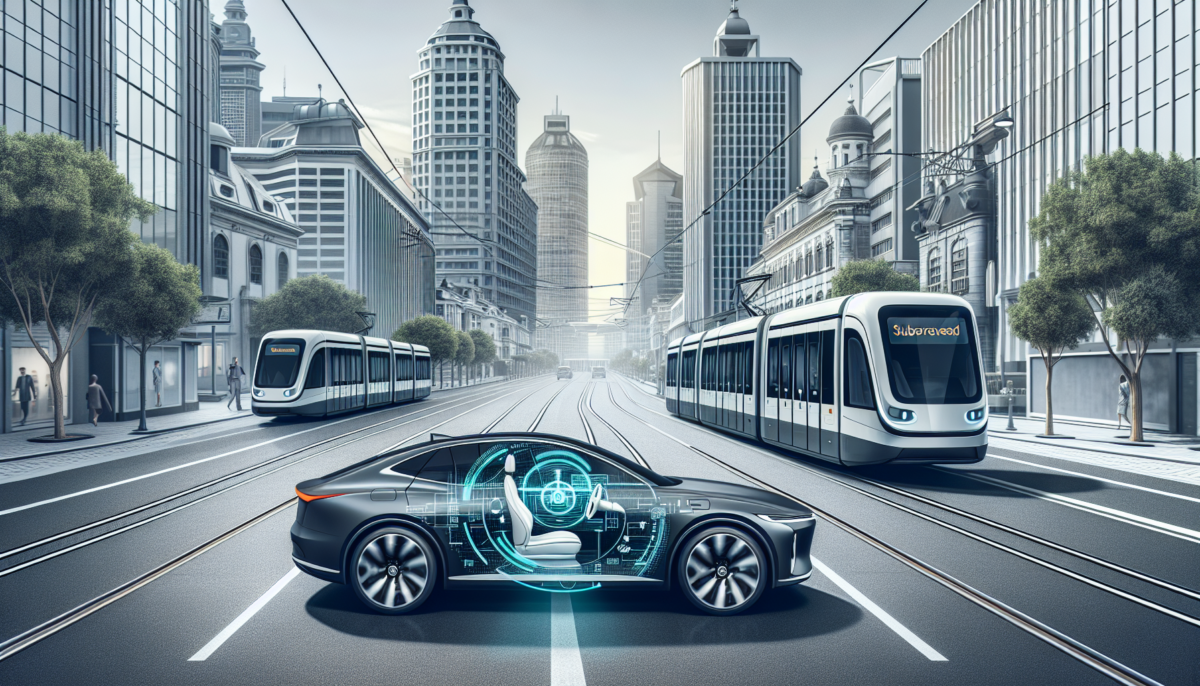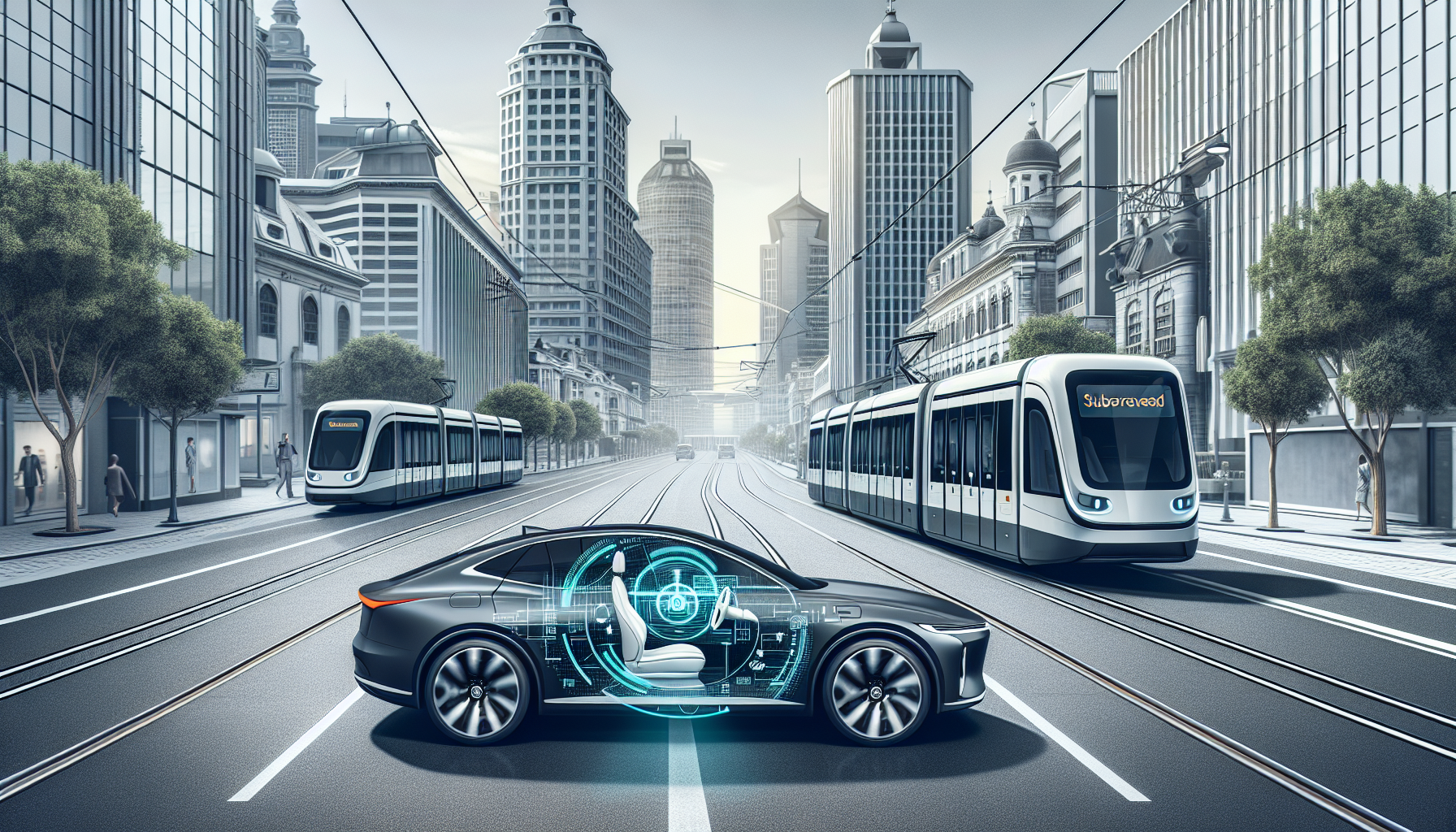Tesla Unveils FSD (Supervised) for Right-Hand Drive Featuring Melbourne Test Drive Footage
We independently review everything we recommend. When you buy through our links, we may earn a commission which is paid directly to our Australia-based writers, editors, and support staff. Thank you for your support!

Quick Overview: Major Points
- Tesla demonstrates FSD (Supervised) in a right-hand drive (RHD) Model 3 in Melbourne, Australia.
- This represents the inaugural public exhibition of FSD in an RHD market, a significant achievement for Australian Tesla users.
- The test vehicle adeptly navigated complex situations such as Melbourne’s renowned hook turns.
- FSD (Supervised) necessitates human oversight and has not yet been authorized for unsupervised operation in Australia.
- Competing automakers such as Waymo and Ford currently lack plans to introduce self-driving features in Australia.
- FSD in Australia is presently priced at A$10,100, with subscription and trial options expected to follow soon.
- Regulatory endorsement and wider customer accessibility are anticipated shortly.
Tesla Introduces FSD (Supervised) to Australia via RHD Melbourne Trial

Tesla has officially rolled out its Full Self-Driving (FSD) software in a right-hand drive (RHD) car for the first time, utilizing Melbourne’s varied urban environment to display its capabilities. The demonstration involved a Tesla Model 3 fitted with Hardware 4 (HW4) and the ultimate FSD (Supervised) software, overseen by a safety operator.
The Importance of a Right-Hand Drive Display
Australian Tesla users have long awaited FSD functionalities while observing their gradual introduction in left-hand drive (LHD) regions such as the US, Canada, China, and Mexico. The transition to RHD markets like Australia signifies a crucial advancement in Tesla’s global self-driving aspirations.
The obstacle is in adjusting the AI to accurately grasp driving conventions in RHD settings, influencing aspects like lane positioning, turn signals, and traffic dynamics. Although Tesla has not clarified whether it crafted a distinct RHD-focused neural network or modified its existing infrastructure, the outcome is a fluid driving experience that captivated local spectators.
FSD Navigates Melbourne’s Hook Turns and Urban Challenges
In the demonstration footage, the Tesla begins its journey using the touchscreen interface, smoothly navigating through Melbourne’s challenging hook turn intersections—a genuine trial for any autonomous driving technology.
The vehicle also encounters various real-world urban driving factors, such as interactions with pedestrians, cyclists, parked cars, and fluctuating traffic. The drive ends by pulling up steadily in front of Crown Casino, suggesting future robotaxi possibilities.
FSD (Supervised): Implications for Australian Drivers
Tesla’s FSD (Supervised) is currently categorized as a hands-on system, which necessitates that the driver remains alert and in command at all times. As clearly articulated in Tesla’s disclaimer, this feature is in a testing phase and its deployment hinges on further enhancements and regulatory endorsement.
Even with supervision, this iteration of FSD illustrates Tesla’s proximity to realizing a functional autonomous system for public roadways—especially highlighted in a nation where self-driving options have been notably scarce.
Tesla’s Vision-Centric Strategy vs. HD Map-Dependent Rivals
In contrast to competitors like Waymo, General Motors’ Super Cruise, and Ford’s BlueCruise—which heavily depend on high-definition maps and pre-mapped geofencing—Tesla employs a vision-driven, neural network-based system. This technique enables Tesla to expand more swiftly into new regions, including Australia, without the necessity for extensive pre-mapping.
Tesla currently stands as the sole automaker offering an advanced driver-assist technology aimed at full autonomy, readily accessible for average consumers.
Job Listings Point to Local Expansion in Australia
Earlier this year, Tesla advertised positions for FSD test drivers in Sydney, marking the first public signal that FSD advancements were being tailored for Australia. These listings indicate on-ground internal testing, which has now culminated in this public display.
Pricing and Upcoming Availability
Currently, Tesla’s Full Self-Driving Capability in Australia is set at A$10,100. In other regions, Tesla has rolled out a monthly subscription model—beginning at about A$199/month—which may soon be available in Australia to enhance feature accessibility.
Tesla has also previously provided limited-time free trials of FSD in North America, and it seems likely that Australian users could expect similar trial offers as the technology edges closer to public introduction.
Conclusion
Tesla’s exhibition of FSD (Supervised) in Melbourne marks a historic occasion for autonomous vehicle technology in Australia. With a right-hand drive Model 3 skillfully navigating complex urban settings like Melbourne’s CBD, it’s evident that Tesla is dedicated to bringing its self-driving innovations to Australian roads. While the technology remains under supervision and awaiting regulatory endorsement, this showcase positions Tesla well ahead of its competitors in the local landscape. As pricing, trials, and subscription options develop, Australian Tesla owners may soon get a taste of the future of driving.
Q: What is FSD (Supervised) and how does it differ from FSD Beta in the US?
A:
FSD (Supervised) is Tesla’s most recent version of its Full Self-Driving system, requiring the driver to stay attentive and in control throughout. Unlike earlier iterations like FSD Beta in the US, which were occasionally unsupervised under certain conditions and had limited access, FSD (Supervised) is designed as a safety-focused, globally scalable iteration fit for new markets like Australia.
Q: Is FSD (Supervised) available to Australian Tesla owners at this time?
A:
Not yet. The video demonstration was part of a prototype testing phase. Although it indicates that Tesla is nearing local rollout, FSD (Supervised) remains under further development and awaits regulatory approval in Australia.
Q: What is the cost of FSD in Australia?
A:
At this moment, Tesla’s Full Self-Driving Capability is priced at A$10,100. A subscription model and potentially free trials could be offered following the public release of the feature.
Q: How does Tesla’s approach differ from other self-driving technologies?
A:
Tesla depends solely on a vision-focused AI system utilizing cameras and neural networks, while competitors such as Waymo depend on HD maps and LiDAR technology. This enables Tesla to scale its solutions more flexibly across various regions, including RHD markets like Australia.
Q: Is FSD capable of managing intricate Australian driving scenarios?
A:
According to the Melbourne demonstration, FSD (Supervised) effectively maneuvered through complicated road scenarios including Melbourne’s distinctive hook turns, pedestrian-rich areas, and urban traffic—demonstrating a robust localization of its driving capabilities.
Q: When will FSD (Supervised) be accessible to the public in Australia?
A:
While no official date has been specified, Tesla generally follows demonstrations with a limited Early Access Program. Depending on regulatory green lights, broader customer availability might occur within a few months.
Q: Are there alternative autonomous vehicle options found in Australia?
A:
At present, Tesla remains the only manufacturer actively developing and preparing to introduce an autonomous driving technology for consumer vehicles in Australia. Other manufacturers, such as Ford and GM, do not yet have offerings available locally.
Q: Will a subscription model for FSD be introduced in Australia?
A:
Although it has not been officially confirmed, Tesla has rolled out subscription pricing in other markets, and it’s anticipated that Australia will follow suit, providing owners with an economical means to access FSD features without an upfront cost.
